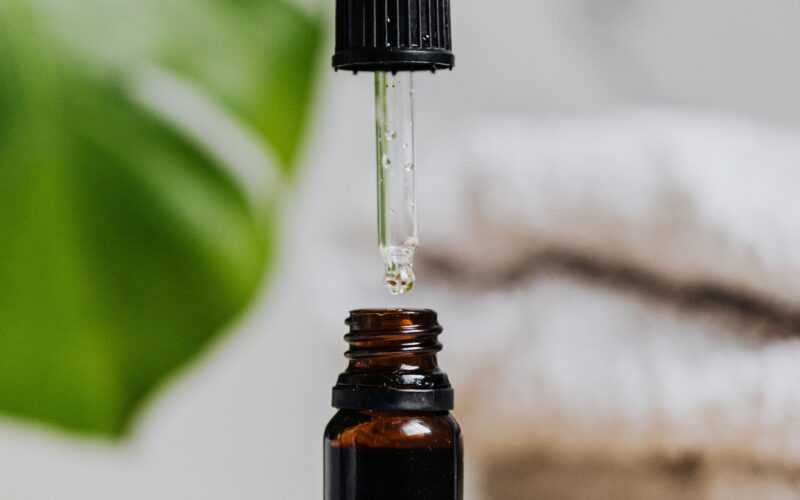Introduction
Oil has been a treasured haircare secret passed down through generations. But the question often arises: How often should you use it? How long should it remain in your hair? And how much is just right? With a myriad of hair oil products available and varying advice on their usage, it’s crucial to find a balance tailored to your unique hair needs. This guide will provide you with the essential knowledge to make the most out of your hair oil routine, ensuring your locks are not just good-looking but at their healthiest.
How Often Should You Apply Hair Oil?
Using hair oil is akin to watering a plant; too much can drown it, too little can parch it. The frequency of oil application largely depends on:
- Hair Type: Dry hair may benefit from more frequent oiling compared to oily hair.
- Environmental Conditions: If you’re in a humid environment, your hair might not need as much oiling. Conversely, in dry climates, more frequent application may be beneficial.
- Hair Health: Damaged or chemically treated hair may require more frequent nourishment.
General rule of thumb? Listen to your hair. It knows when it feels parched or overwhelmed.
Hair Oil Application Timeframes
Once you’ve decided to treat your hair with some oil nourishment, the next big question is: How long should you leave it in?
- Short-Term: A quick 30-minute session before a shower can work wonders.
- Overnight: This deep conditioning treatment ensures the oil penetrates each hair shaft.
- 10-Day Challenge: Some hair enthusiasts swear by a 10-day regular oiling challenge to rejuvenate damaged locks. But remember, what works for one might not work for another.
The key is consistency and observation. Your hair will signal what’s working.
How Much Hair Oil Should You Use?
Getting the right quantity of oil isn’t about following a strict measurement, but about understanding your hair’s specific needs. Too much oil can weigh your hair down and make it look greasy, while too little might not provide the desired benefits.
- Hair Length and Volume: Naturally, longer and voluminous hair might need more oil than shorter, thin hair. But always start small. A teaspoon might be enough for short hair, whereas a tablespoon or more could be necessary for longer tresses.
- Absorption Rate: If your hair rapidly soaks up the oil, it might be an indication that it needs more hydration.
- Trial and Error: It’s always a good strategy. Apply a small amount first, then adjust based on your hair’s reaction.
Remember, it’s not just about the amount, but how you apply it. Ensure even distribution by sectioning your hair and massaging the oil into your scalp and along the hair strands.
How Many Hours Can You Leave Hair Oil In?
You’ve got the right amount of oil on, but now the clock starts ticking. Is there an ideal timeframe? Here’s what you need to know:
- Short-Term Treatment: If you’re short on time, even 15-30 minutes can be effective. This can act as a quick moisture boost, especially if you use a heat cap or warm towel to increase penetration.
- Overnight Soak: An all-night oil soak can provide deep conditioning. However, ensure your hair isn’t dripping with oil; this can stain your pillows and cause breakouts on your skin.
- Extended Periods: Some advocate for leaving oils in for 24 hours or more. While this can provide profound nourishment, it might not be suitable for everyone, especially those with an oily scalp.
Always remember to rinse out the oil thoroughly, using a gentle shampoo. Your hair should feel soft, not sticky, after washing.
Making the Most of Hair Oil Benefits
To truly maximize the advantages of hair oil:
- Combine With Other Treatments: For instance, after oiling, wrap your hair in a warm towel. This opens up hair cuticles, allowing deeper oil penetration.
- Choose Quality Oils: Not all oils are made equal. Invest in cold-pressed, unrefined oils for maximum benefits.
- Frequency Matters: Based on your hair type, oiling 1-3 times a week can be optimal. However, avoid daily oiling as it can lead to product buildup.
The beauty of hair oil lies in its versatility. Whether you’re using it as a pre-shampoo treatment, a post-wash serum, or a weekly pampering session, its benefits are manifold.
Does Hair Oil Have an Expiry Date?
One question that often comes up, especially when investing in quality hair oils, is about their shelf life. The truth is, just like any other beauty or skincare product, hair oils too have an expiration date.
- Shelf Life: Most hair oils, if stored correctly, can last anywhere from 6 months to 2 years. The type of oil, its purity, and added ingredients can all impact this timeframe.
- Signs of Expiration: It’s essential to be aware of any changes in the oil’s color, smell, or texture. An off-putting or rancid smell, especially, is a clear indication that it’s time to discard the oil.
- Storage Tips: To maximize your oil’s shelf life, store it in a cool, dark place. Avoid direct sunlight, as it can degrade the oil. Using clean hands or a dropper can also prevent contamination and prolong the life of the product.
Insights from the Haircare Community
The haircare community is a treasure trove of information, with enthusiasts sharing their personal experiences, tips, and tricks on optimizing hair oil usage. Here are some of the common trends and advice from haircare aficionados:
- Mixing Oils: Many find that combining two or more oils caters more specifically to their hair’s needs. For example, coconut oil for its deep conditioning properties can be mixed with almond oil for added shine.
- Listening to Your Hair: It’s one thing to follow guidelines, but your hair’s condition will give you the best indications. If it’s feeling too greasy, reduce the amount or frequency. If it feels dry, consider oiling more regularly or leaving it in longer.
- The Role of Diet: While topical application helps, consuming foods rich in essential fatty acids can boost the health of your hair from the inside out. Incorporate foods like flaxseeds, walnuts, and fatty fish for lustrous locks.
Conclusion
Choosing to integrate hair oil into your regimen is a commendable step towards achieving healthy, shiny hair. The key lies in personalization. Understand your hair type, its unique needs, and adjust your oiling routine accordingly. Remember, with hair care, consistency and attention to detail make all the difference.
Additional Resources
For those who wish to delve deeper into the intricacies of hair oil and general haircare, numerous expert blogs, tutorials, and scientific articles are available online. Investing time in learning can make your hair oil journey even more fruitful.





